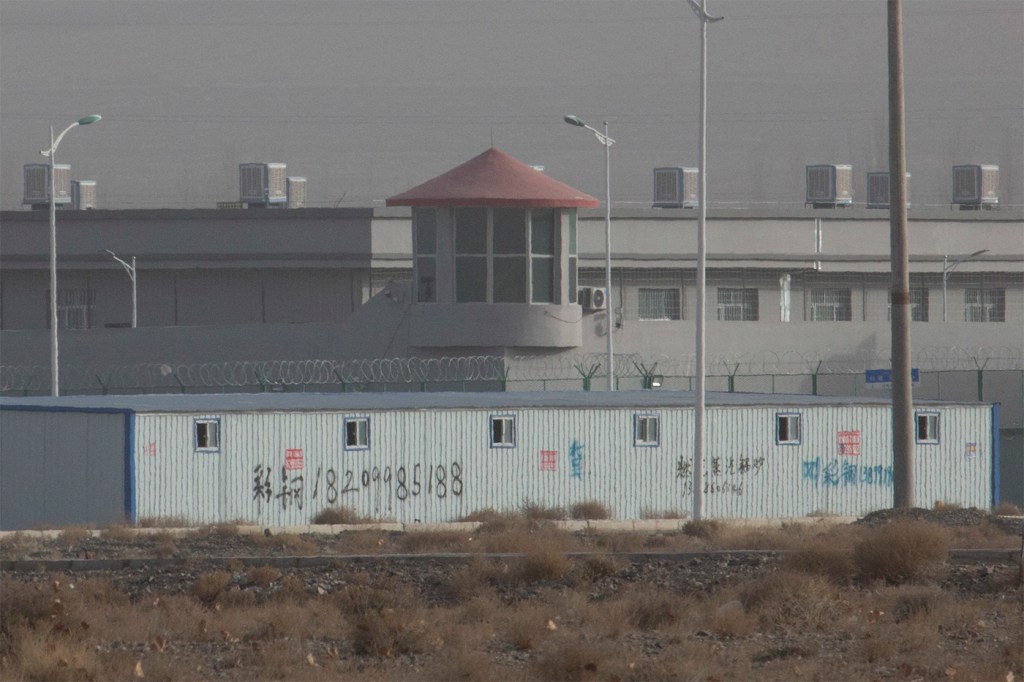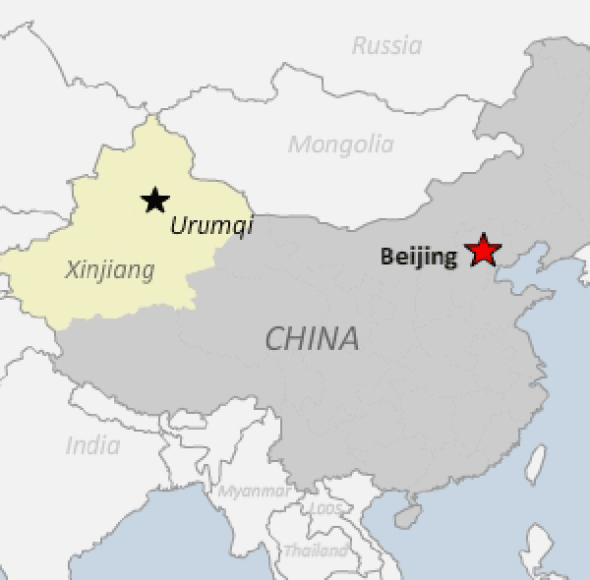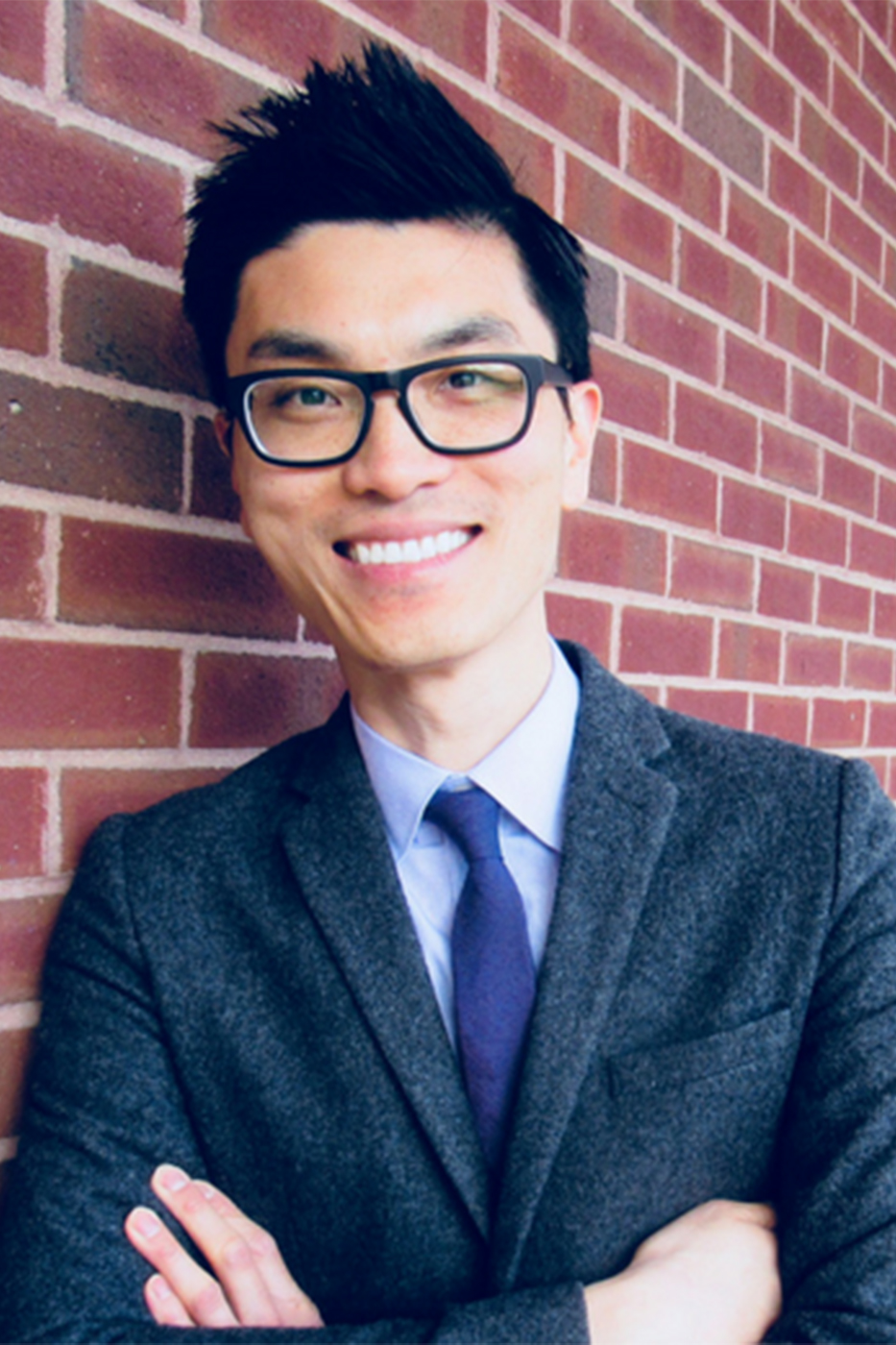Why does China have Uighur ‘re-education camps’? And are they really shutting down?

For the past two years, more than a million Uighurs, a predominantly Muslim ethnic group in northwestern China, have been living in camps described by the regional government as vocational training centers designed to “carry out anti-extremist ideological education.”

Xinjiang is rich in natural resources and plays a major role in China’s Belt-and-Road Initiative, a multibillion investment in creating infrastructure in and along designated global trade routes.
The Chinese government maintains that Uighurs enjoy the same rights and freedom of religion as other citizens in Xinjiang, China, and have not been arbitrarily held in the camps.
But a network of Chinese human rights groups reported this month that Uighurs have been tortured in the camps, and more than 20 member states of the United Nations urged China to release the Uighurs.
Chinese officials announced in late July that most of the people in the camps have been released, but there’s reason to question that, says Philip Thai, an associate professor at Northeastern who studies modern Chinese history.
“While the government claimed detainees have been released, many relatives and friends have responded, ‘if they have been released, why haven’t I heard from them,’” Thai says. “Whether or not they were released, it is undeniable that there is still considerable control and surveillance in Xinjiang.”
To understand the Chinese government’s fight for control in Xinjiang, Thai says you have to look at the history of its people and economic significance of the region.

Philip Thai, an associate professor at Northeastern, studies modern Chinese history. Courtesy of Philip Thai
Xinjiang, rich in natural resources, possesses the country’s largest coal and natural gas reserves and an estimated 21 billion tons of oil reserves. Xinjiang also plays a major role in China’s Belt-and-Road Initiative, a multibillion investment in creating infrastructure in and along designated global trade routes. The region is essentially China’s designated gateway to global trade.
“This is a frontier China sees as both strategically important and potentially economically valuable,” Thai says. “Xinjiang is viewed as the connection between China proper on the eastern seaboard and the rest of the Eurasian continent and beyond. There is a lot of rhetoric surrounding the development of Xinjiang as the new ‘Silk Road’ of China, so stability and economic development are critical.”
The Chinese government’s concerted efforts to control the region are based on past tensions in Xinjiang between the Turkic-speaking Uighurs, who have inhabited the region since the mid-18th century, and more recent settlers who are Han Chinese, the ethnic group that comprises the majority of China’s 1.4 billion people, Thai says. These tensions reached a flashpoint in 2009 when a large-scale ethnic riot broke out, resulting in the deaths of 197 people.
Those past tensions, coupled with the fear of renewed ethno-sectarian violence and insurrection, have compelled China to take “a much harder line over asserting tighter control,” Thai says. This takes us to the present, where Xinjiang is filled with Eagle Eye-like government surveillance and roughly 10 percent of an ethnic population is being held inside internment camps.
Thai wonders why more countries around the world haven’t condemned China for detaining Uighurs in the camps. He says that most of the 22 countries that rebuked China were European countries and none were Muslim-majority countries.
“There has been a worrisome silence from many countries, particularly Muslim-majority countries like Saudi Arabia and Indonesia that one might think would be concerned about the plight of Uighurs,” Thai says. “Some argue these countries value economic ties with China over religious solidarity with the Uighurs. My point is, the international response has been muted in surprising ways.”
Thai says the lack of access given to foreign and Chinese press who want to cover stories in Xinjiang makes it hard to know what’s going on in the region or predict the future.
“I think the endgame of this is difficult to predict,” Thai says. “But there is a strong possibility where Uighurs may be fully assimilated and what we now know as Uighur culture is not going to be what is in the future.”
For media inquiries, please contact media@northeastern.edu.





